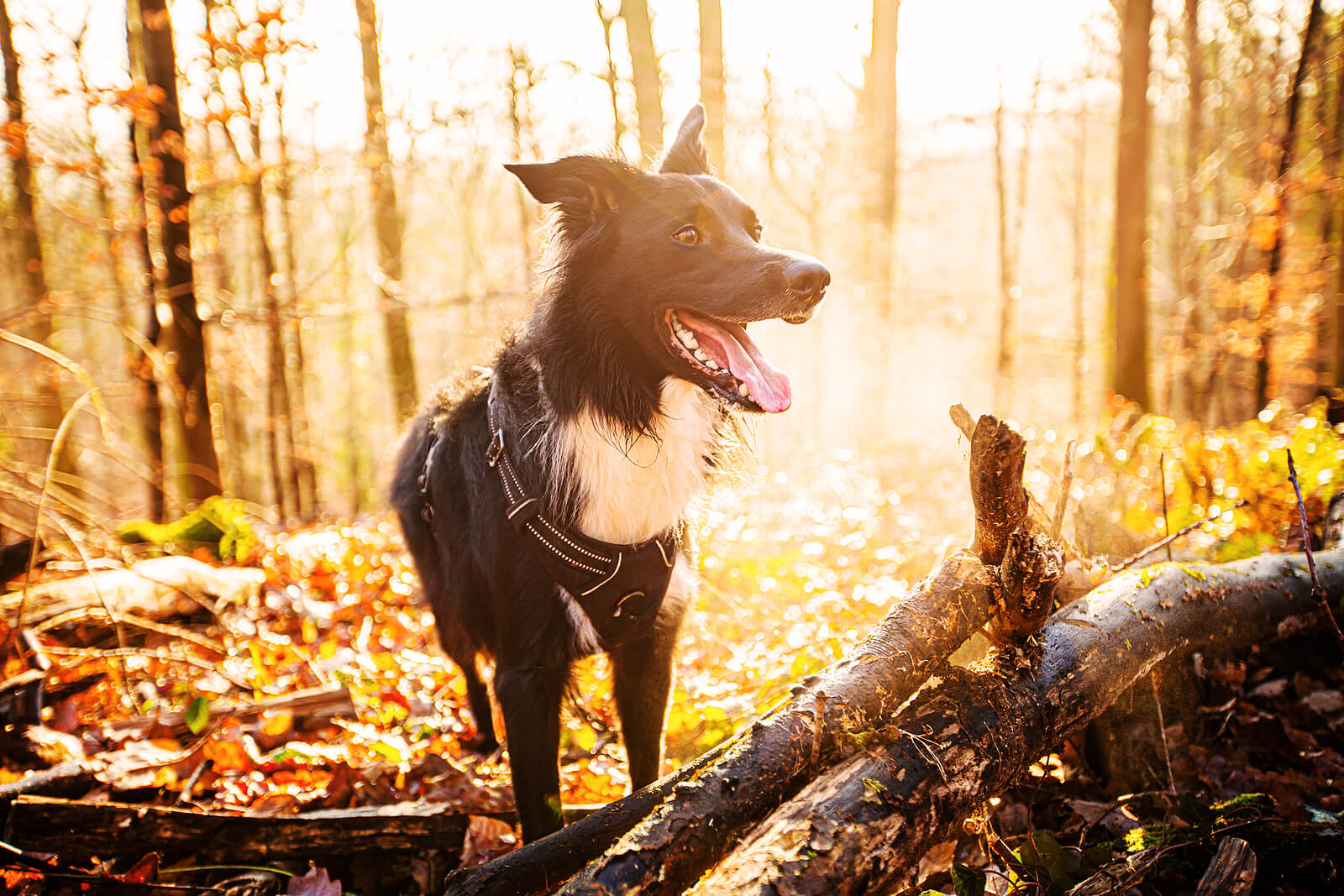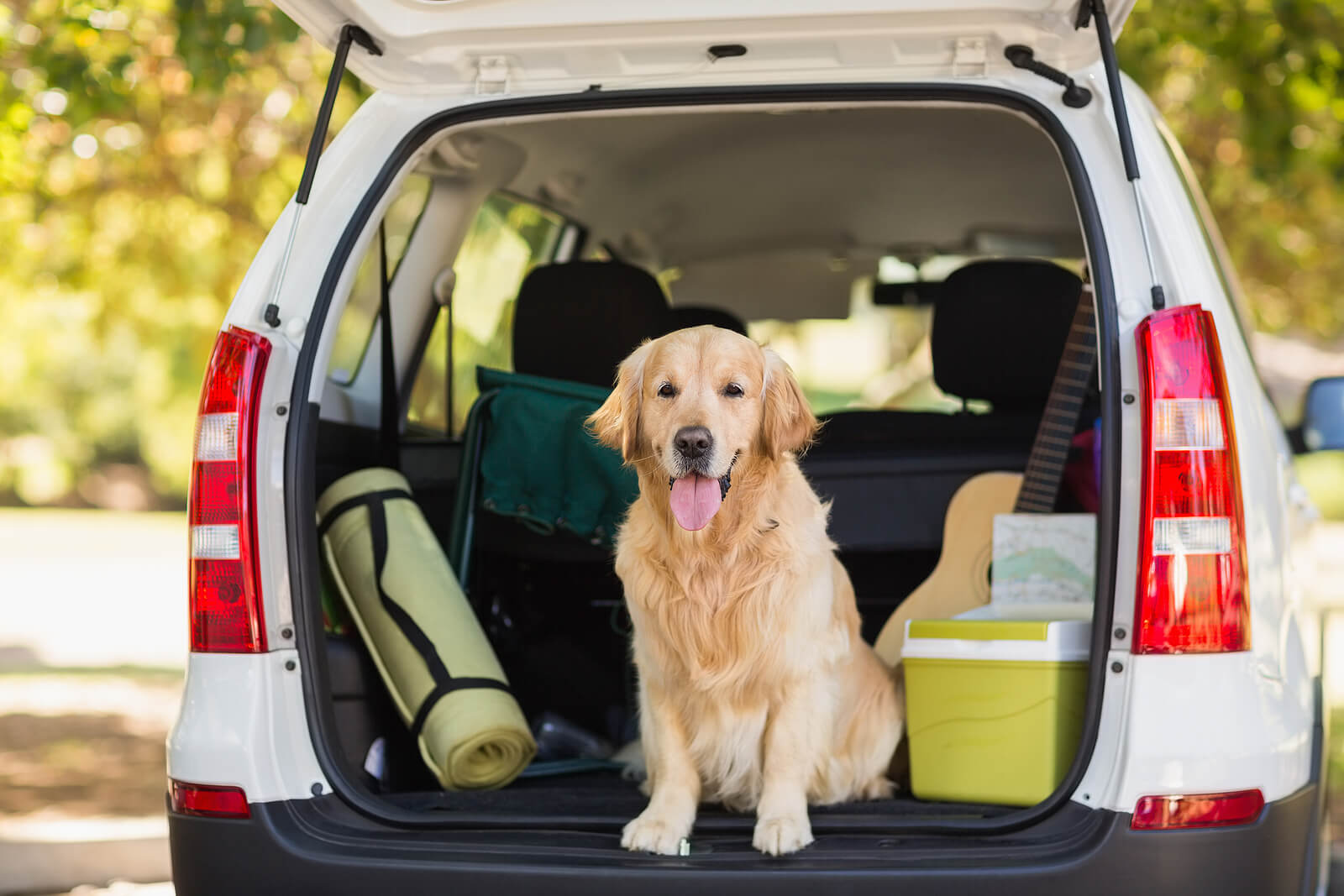1. Protecting Their Paws
One of the most vulnerable parts of your dog’s body during winter is their paws. Cold surfaces, sharp ice, and rock salt can all cause irritation or injury to their paw pads.
Cold surfaces and salt: If you live in an area that salts sidewalks, it’s important to wipe your dog’s paws after walks to remove any residue. Salt can irritate their skin and even be toxic if they lick it off. Similarly, walking on icy or snow-packed roads can cause cuts or abrasions.
Boots for dogs: If you find your dog is particularly sensitive to the cold or salt, consider investing in dog boots. These provide a protective barrier between their paws and the harsh conditions outside. It might take a little time for your dog to get used to wearing boots, but the benefits—preventing injury and keeping paws warm—are worth it.
Paw balm: Another great option is paw balm or wax. These products create a protective layer on your dog’s paw pads, preventing cracking, dryness, and irritation. Simply apply a small amount before heading outside for walks, and wipe off any excess after you return.
2. Layering Up: Choosing the Right Coat
Not all dogs need a coat, but for certain breeds, especially small dogs, those with short coats, or older dogs, an extra layer can make a huge difference in their comfort.
How cold weather affects dogs: Dogs have different tolerance levels when it comes to cold weather. While breeds like Huskies and Saint Bernards are built to withstand harsh conditions, smaller or hairless breeds can struggle to stay warm. If you notice your dog shivering or hesitating to go outside, a cozy coat could be the solution.
Types of dog coats: When choosing a coat for your dog, look for one made of warm, breathable materials like fleece or wool. A waterproof outer layer will also help protect your dog from rain and snow. Avoid coats that restrict movement or are too tight, as they can cause discomfort.
Fit and comfort: Make sure the coat fits properly. It should cover your dog’s chest and neck, but leave room for natural movement. The coat shouldn’t be too tight, as this can hinder circulation. Your dog may need a little time to get used to wearing it, so start with short walks and gradual introductions.
3. Keeping Active and Safe During Walks
Even in the winter months, exercise is important for your dog’s health and happiness. However, cold weather can bring risks, so it’s essential to modify your walks to keep your dog safe.
Shorter walks in extreme cold: In freezing temperatures, shorter walks are usually best. Watch for signs of discomfort, such as your dog shivering or lifting their paws off the ground. If the weather is extremely cold or windy, limit outdoor exposure to a few minutes at a time.
Indoor activities: On days when it’s too cold to venture outside, find creative ways to keep your dog entertained indoors. Games like fetch, hide and seek, or interactive puzzle toys can help burn off excess energy. You can also try teaching your dog new tricks to keep their mind sharp.
Time of day for walks: If you need to get out for a walk, try to do so during the warmest part of the day, when the sun is out. The early morning and late evening are usually the coldest times, and walking during these hours may increase your dog’s risk of frostbite or other cold-related injuries.
4. Providing Proper Nutrition
The colder months can affect your dog’s metabolism and energy levels. To keep them healthy, you may need to adjust their diet slightly.
Increased energy needs: Just like people, dogs can burn more calories trying to stay warm in winter. If your dog is spending more time outside, or if they’re more active in the winter, consider increasing their food portion or switching to a food with higher energy content.
Hydration: Dogs are less likely to drink water in the winter, especially if there’s snow or ice around. However, hydration is just as important in winter as it is in summer. If your dog is reluctant to drink, try offering warm (not hot) water or adding water to their food to encourage hydration.
5. Creating a Cozy Home Environment
Your dog spends a lot of time indoors during the winter, so making their home environment warm and comfortable is key.
Warm, dry bedding: Ensure your dog has a warm, dry place to rest. Consider using a heated dog bed or placing an extra blanket in their usual resting spot. If your dog likes to curl up in a cozy corner, make sure that space is free of drafts and is comfortable.
Avoid drafts: Cold drafts can make your dog uncomfortable, so keep them away from drafty areas like near windows and doors. Close curtains or use weatherstripping to keep cold air out, and use rugs or mats to protect their paws from cold floors.
Humidity: Winter air is often dry, which can lead to dry skin and irritation for your dog. Consider using a humidifier in the room where your dog spends most of their time, especially if they have longer coats or sensitive skin.
6. Keeping Your Dog Healthy and Safe
Winter can bring a host of health risks, so it’s essential to stay vigilant and keep an eye on your dog’s well-being.
Winter health risks: Dogs are prone to frostbite and hypothermia just like humans. Be sure to watch for signs such as shivering, lethargy, or difficulty walking. If your dog seems unusually cold, bring them inside immediately to warm up. In extreme cases, frostbite can cause damage to their ears, paws, and tail, so be sure to check for signs of damage after being outside for a while.
Regular vet check-ups: Winter is a good time to ensure your dog’s health is in check. Older dogs or those with joint issues may experience worsened symptoms in the cold, so be sure to consult your vet about any special winter care they might need.
Preventing winter weight gain: During colder months, you may find your dog is less active, which can lead to weight gain. Keep an eye on your dog’s weight and adjust their diet as necessary to prevent extra pounds from piling on.
7. Grooming in Winter
Just because it’s winter doesn’t mean grooming should take a backseat. In fact, winter is a great time to maintain a regular grooming routine.
Regular grooming: Even in cold weather, dogs with long coats can develop mats or tangles that trap moisture and lead to skin irritation. Make sure to brush your dog’s coat regularly to keep it healthy and prevent matting.
Tailored grooming for winter: For breeds with thick coats, avoid trimming too much, as they rely on that fur to stay warm. If your dog has short hair or a sparse coat, consider getting them a trim to avoid collecting excess dirt or moisture on their skin.
8. Don’t forget the fun! Some Dogs Love Playing in the Snow!
While it’s important to keep your dog safe and comfortable during winter, don’t forget that many dogs absolutely loveplaying in the cold and snow! The winter months provide a new playground for dogs to explore, from bounding through fresh snow to chasing snowflakes in the air.
Winter fun for your dog: Snow can be an exciting sensory experience for dogs, and the crisp, cold air can make them feel energized. Many dogs, especially breeds bred for colder climates, love the snow and can spend hours running and playing. Games like fetch, snowball chases, and digging in the snow are all fun ways to bond with your dog outdoors. Just make sure to keep the play sessions short if the temperature drops too low and always check their paws for snow buildup or ice.
Encouraging play: If your dog is enthusiastic about outdoor fun, let them enjoy it! Just be sure to monitor them for signs of tiredness or coldness, and bring them inside if they seem uncomfortable. With the right precautions, winter can be a season full of fun, frolic, and new adventures for both of you!
By embracing the season and taking the right precautions, you can ensure your dog enjoys the best of both worlds—safe, cozy time indoors and plenty of outdoor fun in the snow!





